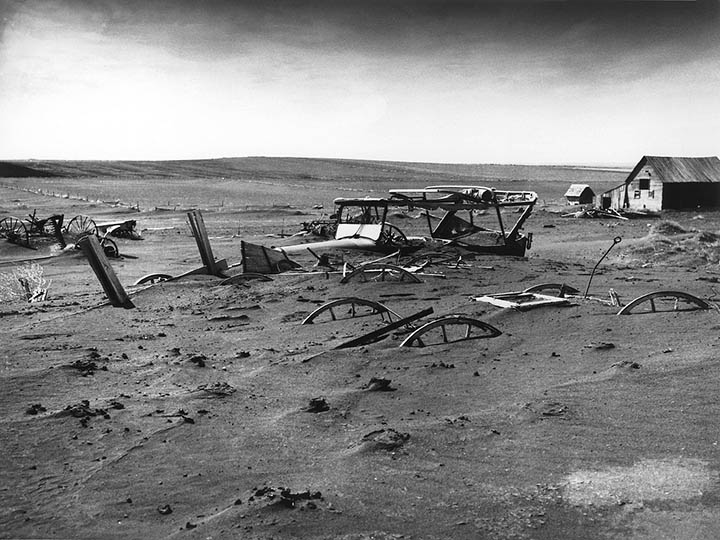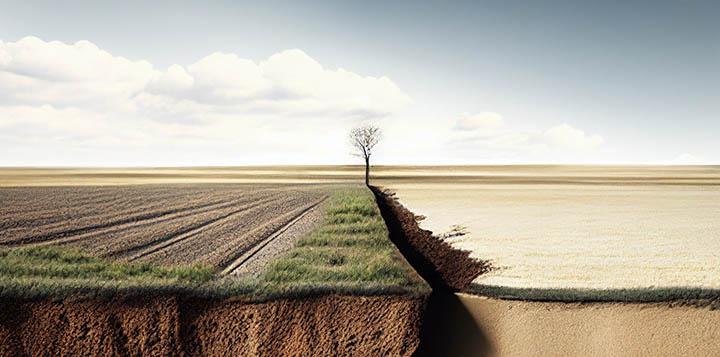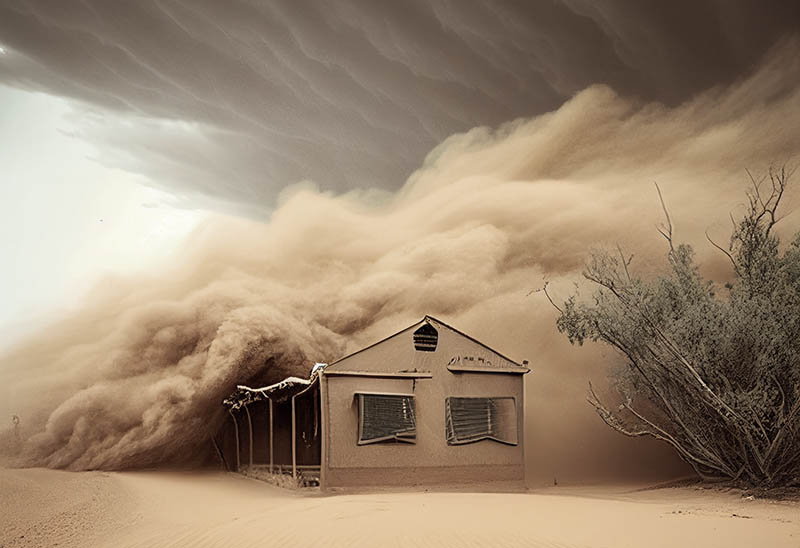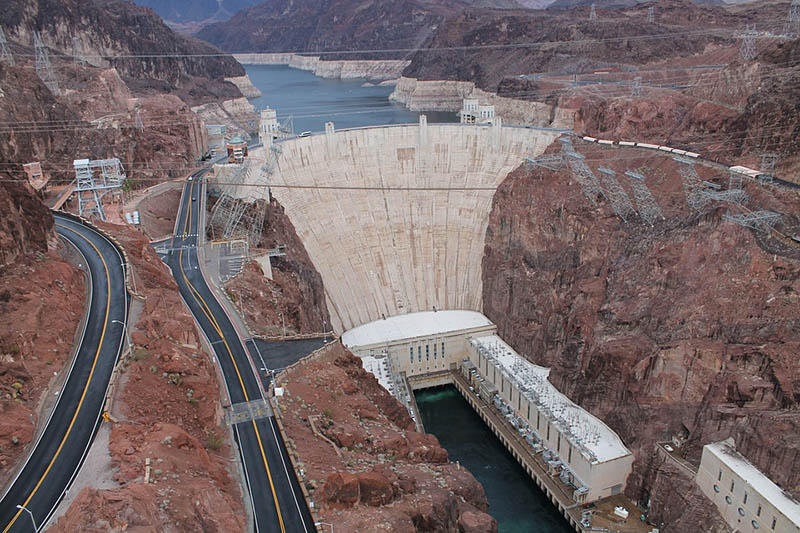The Dust Bowl was a true disaster. It forced thousands of people to move from their land and caused tremendous environmental damage.
Some facts about the Dust Bowl
- The Dust Bowl was a severe environmental disaster during the 1930s in the Great Plains region of the United States. The Great Plains include parts of Texas, Oklahoma, Kansas, Colorado, and New Mexico.
- The term “Dust Bowl” was coined by a journalist covering the story and quickly became synonymous with the environmental disaster.
- The dust storms were so severe that they would often blot out the sun, making it difficult for people to see and breathe. Because of the large amount of dust in the air, sunsets were often blood-red.
- The Dust Bowl forced hundreds of thousands of people to leave their homes and farms, leading to one of the largest internal migrations in the history of the United States. Between 1930 and 1940, about 3.5 million people moved out of the Plains states.
- Many of the migrants from the affected region ended up in California. In just over a year, over 86,000 people migrated there. This number is more than the number of migrants to that area during the gold rush of 1849! However, immigrants in California faced discrimination and poverty, but also formed strong communities and helped spur a cultural revival.

The Dust Bowl: reasons and consequences
- The Dust Bowl was caused by a combination of factors, including a prolonged drought, poor farming practices, and the clearing of native grasses that helped hold the soil in place.
- This disaster had a significant impact on the health of people in the affected areas. They suffered from respiratory problems and other health issues caused by dust and soil.
- The Dust Bowl was a major contributor to the Great Depression, as it disrupted agriculture and made it more difficult for farmers to make a living. However, the Great Depression was caused by many factors at once.
- Today, the Dust Bowl is often studied as an example of the impact of human actions on the environment and the importance of considering the long-term consequences of our choices. People drew conclusions and began to take better care of the soil.
- It had a lasting impact on the environment, as the soil erosion caused by the dust storms took decades to recover from.

More facts
- This natural disaster inspired a new genre of music known as “Dust Bowl Ballads”. It documented the struggles and experiences of those affected by the disaster.
- These events were the subject of a famous novel by John Steinbeck called “The Grapes of Wrath. The author described the lives of migrant farm workers during the 1930s.
- In response to the catastrophe, the U.S. government created the Soil Conservation Service, which worked to prevent soil erosion and promote better farming practices.
- Many communities in the affected region have since recovered and prospered. The land has been revitalized through the efforts of farmers, conservationists, and community leaders.
- Despite efforts to prevent another disaster, droughts, and dust storms still occur in the Great Plains region, particularly during periods of low rainfall. They aren’t dangerous usually, but this can change at any time.


